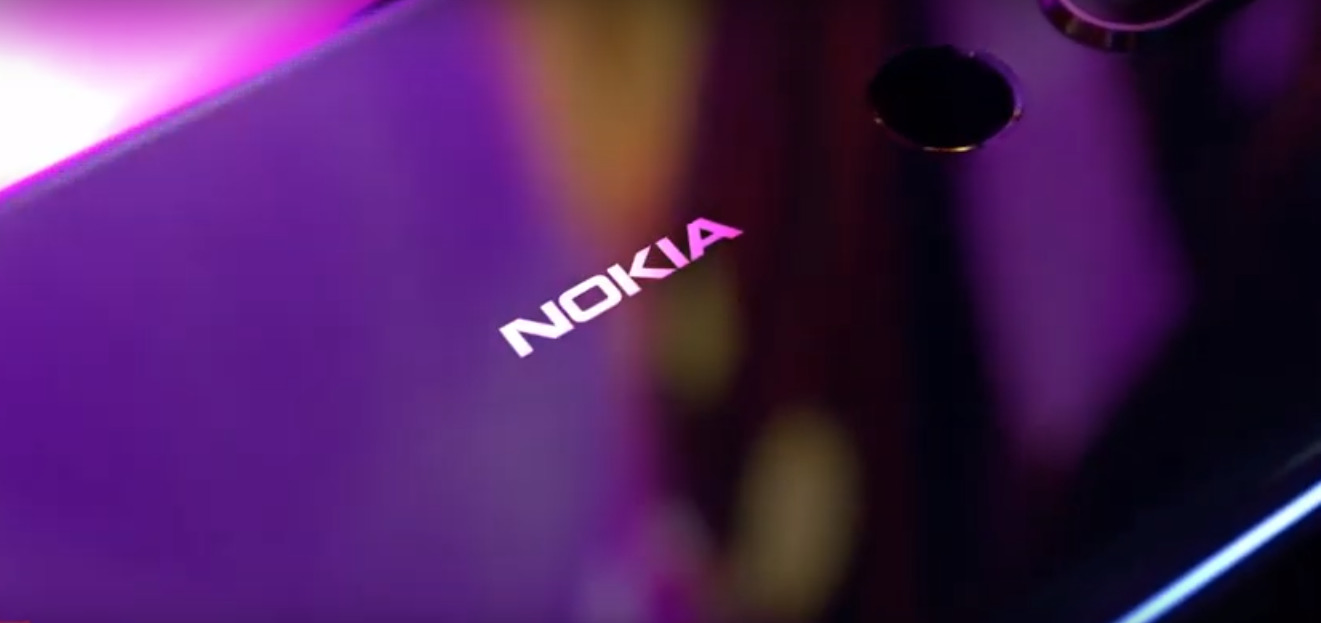The Best Sled Dogs for 2025: Breed Review
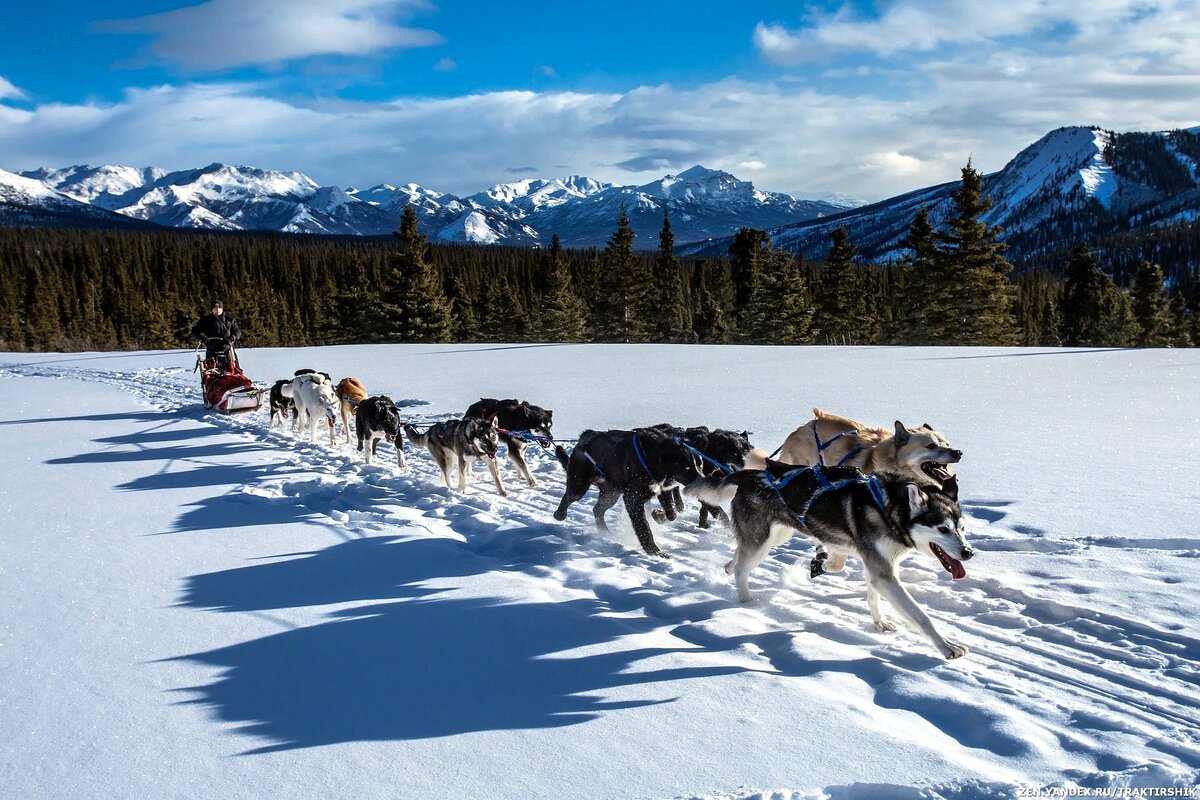
Sled dogs, to a greater extent, include the northern breeds of four-legged friends of man - it was thanks to them that people mastered Alaska, the Far East and the Arctic. They have established themselves as loyal and faithful pets, which for quite a long time, are reliable companions of a person on travel, helping him to survive in difficult climatic conditions. Moreover, dog skating is a popular winter and summer entertainment. Such fun today has already become an independent sport, in which international competitions are held.
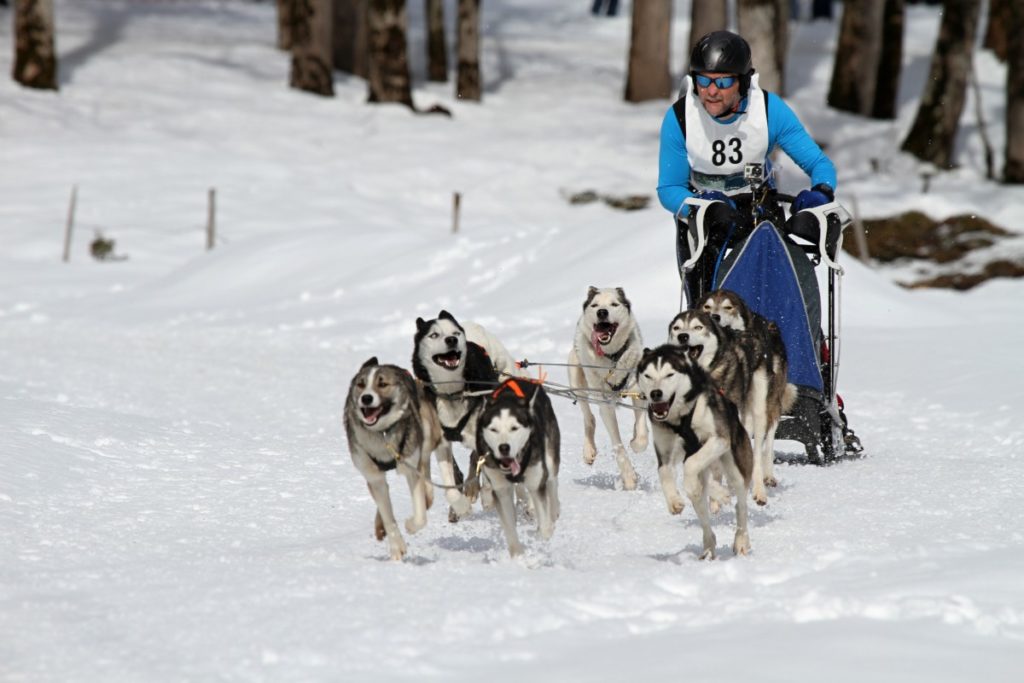
Content [Hide]
Physical characteristics of driving breeds
Representatives of dogs of this purpose were bred in such a way that they were predisposed to transportation at the genetic level. They are able to cope with considerable loads thanks to:
- Increased physical endurance;
- Ability to develop sufficient speed while running;
- The presence of powerful muscles and a strong physique;
- Special contours of the base of the limbs, which are responsible for the ease of moving the body on ice and snow;
- Dense coat on long outer hair and warm undercoat;
- The constant need to move.
Representatives of sled dogs are not prone to barking, but more often use other sounds, such as yelping or whining. The thing is that barking takes a lot of strength, which is so necessary to overcome long distances in a short time. Most of the considered breeds are characterized by balanced behavior, do not show aggression towards humans and other animals.
Driving sports
This sport is gaining more and more popularity in recent years, as it can be practiced both in warm and cold weather. Warm seasons are characterized by snowless trips, while cold seasons are characterized by snowy ones. The first type includes:
- Canicross - this discipline provides for a joint run of the dog with the owner over rough terrain.For coupling, special ammunition with a good shock absorber is used. While running, it is forbidden to control the pet with your hands.
- Bikejoring is a bicycle race in which the owner and the dog are also coupled, for which a special shock absorber is used, which is fastened on one side to the dog's harness, and on the other to the owner's belt. This design prevents injury to both participants in a sudden jerk. The dog must understand the owner from the first time, manual control is not allowed.
- Dog karting - in this discipline, several dogs are harnessed to a wagon with cargo (or a person). The main task is to maintain four-legged pets in proper physical shape.
- Dog scootering - here, instead of a cart, a scooter is used, and the direction of movement is set directly by a person.
Snow riding disciplines include:
- Sled racing is probably the most common competition of this type. The classification of difficulty is determined by the length of the route and the number of individuals in the team. For example, there are races for short, medium and long distances, competitions in orienteering, as well as multi-day races.
- Ski-pulling - the main feature of this sporting event is that several dogs drive a pulka across the snow - a small cart behind which the owner stands on skis and guides the team.
- Skijoring - in this discipline, both the owner and the dog are in a hitch, and the fastening occurs by means of a shock absorber on the dog's harness and the owner's belt, respectively.
Care, maintenance and education
Very often, sled dogs have to give shelter, because the owners do not cope with their upbringing.As a rule, the reason lies in the fact that some potential owners have little understanding that such dogs are simply not adapted to the apartment-sofa lifestyle. Excessively low activity will surely result in health problems for the pet, behavioral disorders, and household furniture will certainly be subjected to “vandalism” by the dog.
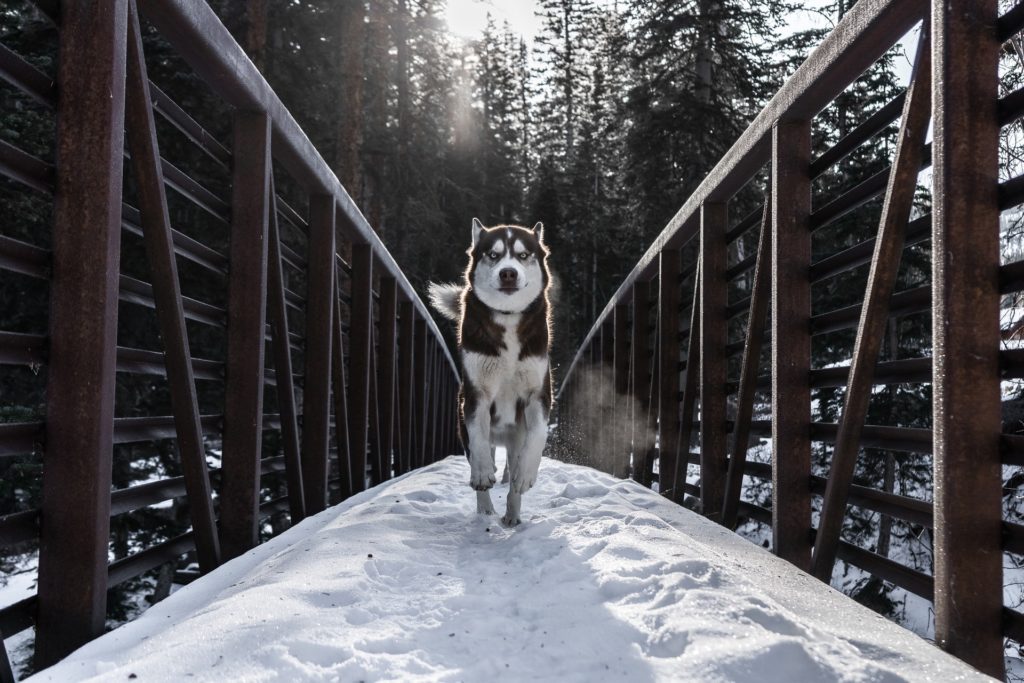
dog training
The easiest way is to immediately orient the dog to participate in sledding sports. Such training should begin at a very early age, somewhere from 4-6 months. It is preferable, of course, to contact a specialist who will help draw up a training schedule and give the necessary recommendations on education.
To achieve any success in the sports field, it is to achieve complete obedience from the pet. To do this, he needs to go through a standard training course (about a year) in order to learn classical commands. Then you can start driving lessons. It is worth noting that some breeds of northern dogs do not lend themselves very well to training, therefore, professionals advise each owner to stock up on a fair amount of patience. This feature is associated with some excessive independence of the riding breed and general complacency, because initially they were accustomed to obey their leader in the team, and not the owner.
At the same time, you should not completely destroy the dog's innate teamwork skills, then you can simply get an individual farmer who is not able to work in a team. Usually, the first commands are “Come to me!”, “Sit!” and "No!". These are the so-called elementary orders that any dog must follow.Further, training is based on instilling special commands - for sled dogs, these are, as a rule, “Left”, “Right”, “Stand” and “Forward”. At the same time, all individuals in the team must act as a single mechanism, i.e. understand any command in the same way.
When the special orders are learned, then you can move on to the formation of the correct behavior - the dogs should not fight among themselves or be distracted by extraneous stimuli during work. Nevertheless, it is worth recalling once again that keeping a sled breed in a city apartment is not the best idea. Many breeds at the level of genetic memory need not only constant running, but also feel the need for regular work - the need to drag any load. In the apartment, TVs, pillows, and other large-sized household items become such a “burden”. Thus, the key to the best training for a sled dog is to provide it with sufficient exercise right from a young age.
Used ammunition
For the purpose of comfortable well-being of the dog when participating in competitions, he needs to correctly select ammunition. The main element is a special riding harness, the design of which allows you to equally distribute all the resulting load over the body of the animal. It is preferable that the harness be made of durable and high-quality materials that would not rub the pet's coat and skin, and its dimensions can be very easily adjusted to the dog's height. An additional need will also be a shock absorber, which is a belt through which the owner communicates with the dog. It is attached on one side to the owner's belt, and on the other side to the dog harness.Such a shock absorber is designed to soften the sharp jerks of the pet, preventing excessive impact on the human spine.
Historical and selection features of driving breeds
Sled dogs are very curious animals, the history of which has been used and bred for more than 8 thousand years:
- Their use made it possible to "wipe" a lot of "white spots" on the world maps - for example, the first conquerors of the poles reached their destination precisely on driving rocks.
- Dogs of this type can, on average, overcome about 80 kilometers as part of a team for knocking. At the same time, the driver must ensure that the animals do not overwork, which is why it is necessary to maintain a constant speed of no more than 12 kilometers per hour.
- Using dogs in harness, it is necessary to evenly distribute the load for each individual. Usually, experienced dogs, accustomed to acting in a group and recognizing a single leader, do not try to “hack” because they can be punished by “alpha” at the next rest stop.
- It is worth noting that, unlike any other draft force (for example, horses), physical "tips" in the form of a whip, reins are almost never applied to dogs - their training is built in such a way that they follow only verbal commands. However, some mushers (mushers) may use a long pole to more successfully lead a long team.
- Dog handlers have long noted that sledding breeds have a pronounced socialization in relation to humans - for a job well done, the dog must be thanked not only with a tasty treat, but also to express obvious verbal or physical gratitude to him, whether it be affectionate words or simple stroking.Professional drivers at every halt will definitely come to each dog and show her signs of attention. At the same time, if the owner has a separate pet that gets the most attention, then the relatives will definitely give him a “thrashing”.
Difficulties of choice
The choice of a sled puppy should be carried out according to special rules. First of all, a puppy from childhood should be very active, which will indicate his predisposition to a future destiny. However, you should not pay attention to a baby that has just woken up - naturally, after sleep, for some time, due to its age, it will still be quite lethargic. Also, activity can manifest itself when a new person appears - northern dogs are very curious and should strive to get to know new people themselves. At the same time, it is worth learning about the puppy's appetite, for which it is necessary to visit the future pet shortly before the feeding process. You need to understand how the dog reacts to the serving of food - whether he approaches the bowl sluggishly or eagerly waits for his portion, actively wagging his tail. A separate look should be given to physical features - the sled dog should not have any birth defects, from the condition of the heart muscle to the presence of congenital lameness.
IMPORTANT! Experts note that by two months, the northern puppy will more or less have the basics of character, so you need to choose the most daring.
The check is very simple: you need to approach the group and stretch your hand in their direction - the cowards will immediately start running away, and the more courageous puppies will come closer to find out why they are holding out their hand. Any fright at this age for a sled dog is considered a negative reaction, which means the possibility of behavioral problems in the future.Another way: you need to take away all the puppies from the mother and spread them out at some distance from each other. The mother will go first to the puppy she considers the most promising.
A healthy puppy always visually looks very well-groomed, he does not have any discharge in the ears or near the eyes, his bite is even, he has an excellent appetite. A constantly moist and cool nose, a pronounced pink sheen of mucous membranes, a stomach without any deformities, as well as a generally slender physique - these are the signs of health in an animal. If a dog is started for exhibition work or breeding, then higher requirements are imposed on it. As a rule, for these purposes, you just need to contact a nursery with a long and excellent reputation - there the specialists themselves will select the desired individual and prepare the necessary documents. But even in this case, the future breeder needs to carefully trace the entire pedigree of the puppy.
IMPORTANT! It is worth remembering that even champion parents have defective offspring, therefore it is impossible to do without an independent examination of the animal.
Separately, you need to talk with the breeder himself - a good professional is always able to answer any tricky question, and his working documentation should not arouse any suspicion.
Best sled dogs for 2025
Recognized breeds (according to the International Canine Federation)
4th place: Samoyed Laika
votes 0
This breed is indeed considered a very hardy worker, able to perfectly understand the owner. It is distinguished by friendliness and cheerfulness, although it has an independent disposition. Separately, it should be noted a good intelligence and a high level of devotion, thanks to which the dog gets along well in a large family and finds a common language with children.Rarely seen in aggressive behavior, but not cowardly or shy. It is quite possible to bring him up not only as a sled dog, but also as a watchdog. Gets along well with other pets.
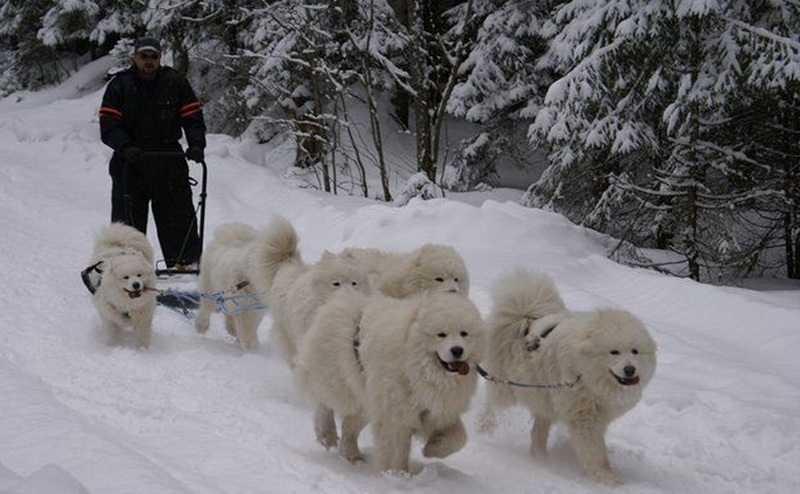
- Endurance;
- Versatility;
- Ability to become a family companion.
- Hunting instincts are very weakly expressed.
3rd place: "Siberian Husky"
votes 0
In appearance, Siberian Huskies resemble Malamutes, but they are smaller in size. The weight of an adult animal can reach 28 kilograms, and the height at the withers can be up to 60 centimeters. They are characterized by extremely athletic forms, have a two-layer coat and have a "flying" gait. By nature - calm and friendly, temperament - too lively. Weakly suitable for official purposes, tk. Initially, at the genetic level, they have a disposition towards a person. An independent disposition can take place with the shortcomings of education.
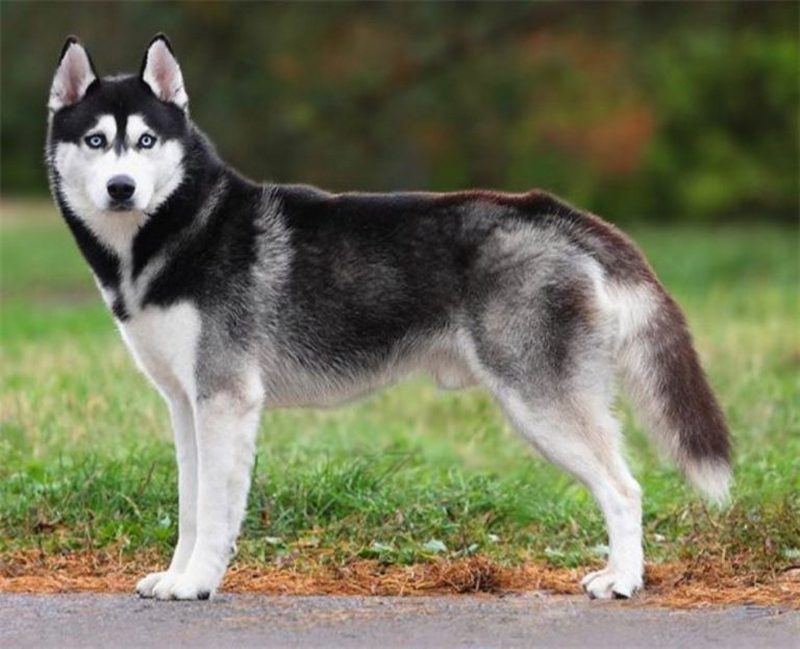
- Lively and friendly character;
- The ideal "cab";
- Small sizes.
- Not suitable for official purposes.
2nd place: Greenlandshund
votes 0
These animals can grow up to 64 centimeters at the withers with a maximum weight of 32 kilograms. Features of education must be built in such a way that the dog obeys exclusively one owner, while taking into account the fact that the desire of a dog and a person should in most cases coincide. Otherwise, you can get a very headstrong pet. These dogs are not prone to escapes, they are more focused on the transportation of goods, but they can also properly protect the territory (which must be considered their own). Appearance may seem too wild, but this impression is deceptive. Emotions are expressed not by barking, but by howling, which speaks of their wild beginning.Given the peculiarities of behavior, they are not recommended to be started by inexperienced owners who are going to keep them in an apartment.

- Oriented to the transportation of goods;
- Have a powerful physique;
- They don't tend to run away.
- Not suitable for apartment maintenance.
1st place: "Alaskan Malamute"
votes 1
Today, this breed of dog is the best suited for driving purposes. They are considered the largest of all the considered breeds. An adult animal can reach up to 65 centimeters at the withers, and its weight can be up to 45 kilograms. Wool has a characteristic color, somewhat similar to a wolf, it is also very dense and consists of a couple of layers. Physical strength is beyond doubt, but there is a certain degree of willfulness of character, which, however, does not affect devotion to a single owner. Malamutes have one single purpose - riding. They will never make either a guard or a hunter. The breed is very friendly towards humans, but with other pets they must definitely take a leading position. Their maintenance is also possible in the conditions of a city apartment, but it will turn out to be even that work. Walking should be carried out twice a day with the obligatory issuance of appropriate physical activity. Malamutes are extremely socialized, so you can’t leave them alone for a long time.
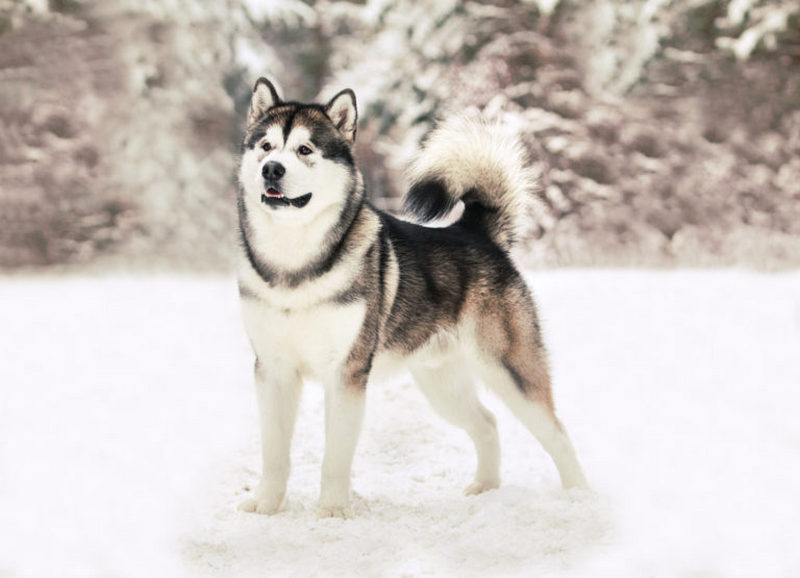
- Excellent driving breed;
- Powerful build;
- Friendliness towards a person.
- They don't handle loneliness well.
Developing breeds
5th place: "Yakutskaya Laika"
votes 0
A very old breed, bred in the northeastern part of Russia. These dogs are characterized by versatility, able to easily cope with driving and cargo tasks, training in hunting and security programs is possible.The breed is distinguished by a sharp intellect, sociable character, they are sincerely attached to a person. Serve with the utmost care. However, the breed is not recognized by the FCI, but due to its long history, this issue is considered only a matter of time.
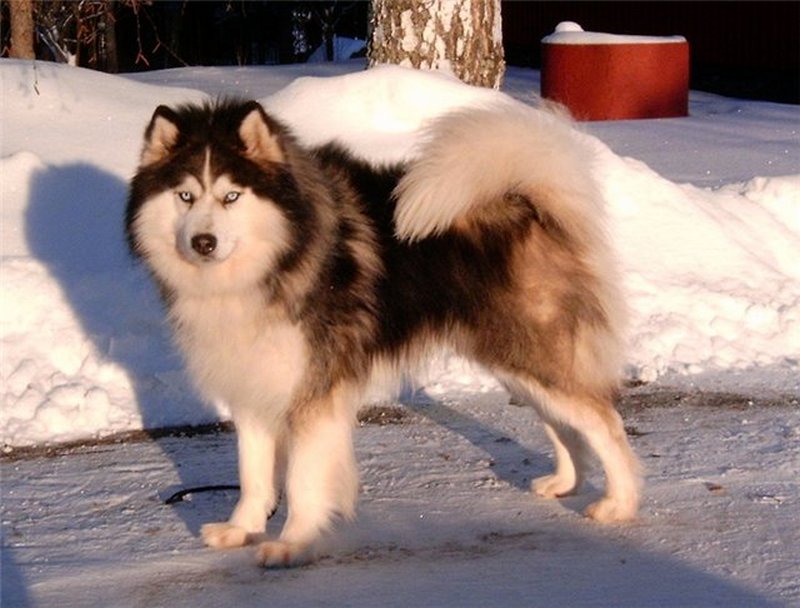
- Sharp mind;
- Excellent versatility;
- Maximum devotion to the owner.
- Not recognized by the FCI.
4th place: "Eskimo Laika"
votes 1
One of the varieties of northern sled dogs. Representatives of the breed are strong, hardy, almost do not bark. The homeland of the Eskimo Laika is Eastern Siberia. In the 20th century, dogs became popular in Alaska and Greenland. Nature endowed these dogs with a harsh character and courage, so the "Eskimo" can not only carry goods, but is also an excellent watchman, as well as a reliable assistant in the hunt.
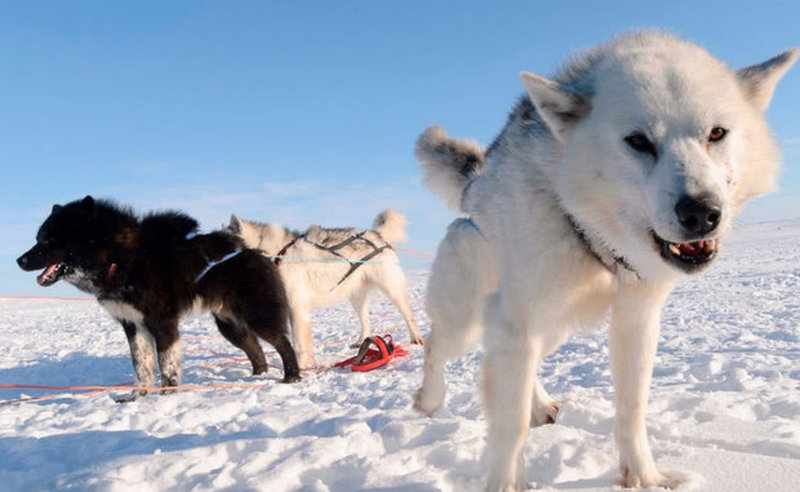
- Good subordination;
- good temper;
- Versatility.
- Not detected.
3rd place: Sakhalin Husky
votes 1
A domestic variety of mounts, popularized, oddly enough, by Japanese cynologists and breeders. "Sakhalintsy" were created for use for transport purposes, but thanks to courage and fearlessness, they began to be used by hunters to hunt the beast.

- Not a bad riding breed;
- Ability to withstand severe cold;
- Endurance.
- Not detected.
2nd place: "Chinook (Chinook sled)"
votes 0
Representatives of this breed belong to large dogs (up to 45 kg in weight and up to 75 cm in height). They have well-developed bones and muscles, excellent health, and a calm temperament.Chinooks are used for driving and transporting goods, while in terms of running speed they are only slightly inferior to the recognized champions - huskies. If you keep a dog properly and properly educate, you can grow a friend and guard out of it, representatives of this breed are so accommodating and versatile.
- New driving breed for the middle lane;
- Sports orientation;
- Excellent health.
- Requires selective "refinement".
1st place: "Volkosob"
votes 0
It is very easy for these dogs to survive in difficult conditions, as they are not far removed from their wild ancestors. Wolfdogs - this is the name of mestizos obtained from mating a German branch shepherd dog and a wild wolf. They are used as riding and security. The first generations of puppies were characterized by an unstable psyche and corresponding behavior. The breeding of wolfdogs is an attempt by domestic biologists to create a dog with universal service characteristics. However, most of the offspring remained in the property of the breeders. Some individuals were rented (not sold!) for service purposes.

- Excellent endurance;
- Maximum orientation in the wild;
- Security and guard application.
- Manifestations of unmotivated aggression are possible.
Instead of an epilogue
Sled dogs have always been characterized by an increased level of hardening, activity, strength and endurance, which indicates a special degree of their popularity among professional dog breeders. In addition to the aesthetic function, they will perfectly cope with the role of a companion and friend for their owner. Articles can also be a family favorite, but we must not forget that these are primarily service dogs, designed to perform certain work for the owner.Today, about two dozen of the most common breeds of northern dogs are known to the world, but not all of them can cope with the riding function.
new entries
Categories
Useful
Popular Articles
-

Top ranking of the best and cheapest scooters up to 50cc in 2025
Views: 131649 -

Rating of the best soundproofing materials for an apartment in 2025
Views: 127688 -

Rating of cheap analogues of expensive medicines for flu and colds for 2025
Views: 124517 -

The best men's sneakers in 2025
Views: 124031 -

The Best Complex Vitamins in 2025
Views: 121938 -

Top ranking of the best smartwatches 2025 - price-quality ratio
Views: 114978 -

The best paint for gray hair - top rating 2025
Views: 113393 -

Ranking of the best wood paints for interior work in 2025
Views: 110318 -

Rating of the best spinning reels in 2025
Views: 105327 -

Ranking of the best sex dolls for men for 2025
Views: 104363 -

Ranking of the best action cameras from China in 2025
Views: 102214 -

The most effective calcium preparations for adults and children in 2025
Views: 102010
